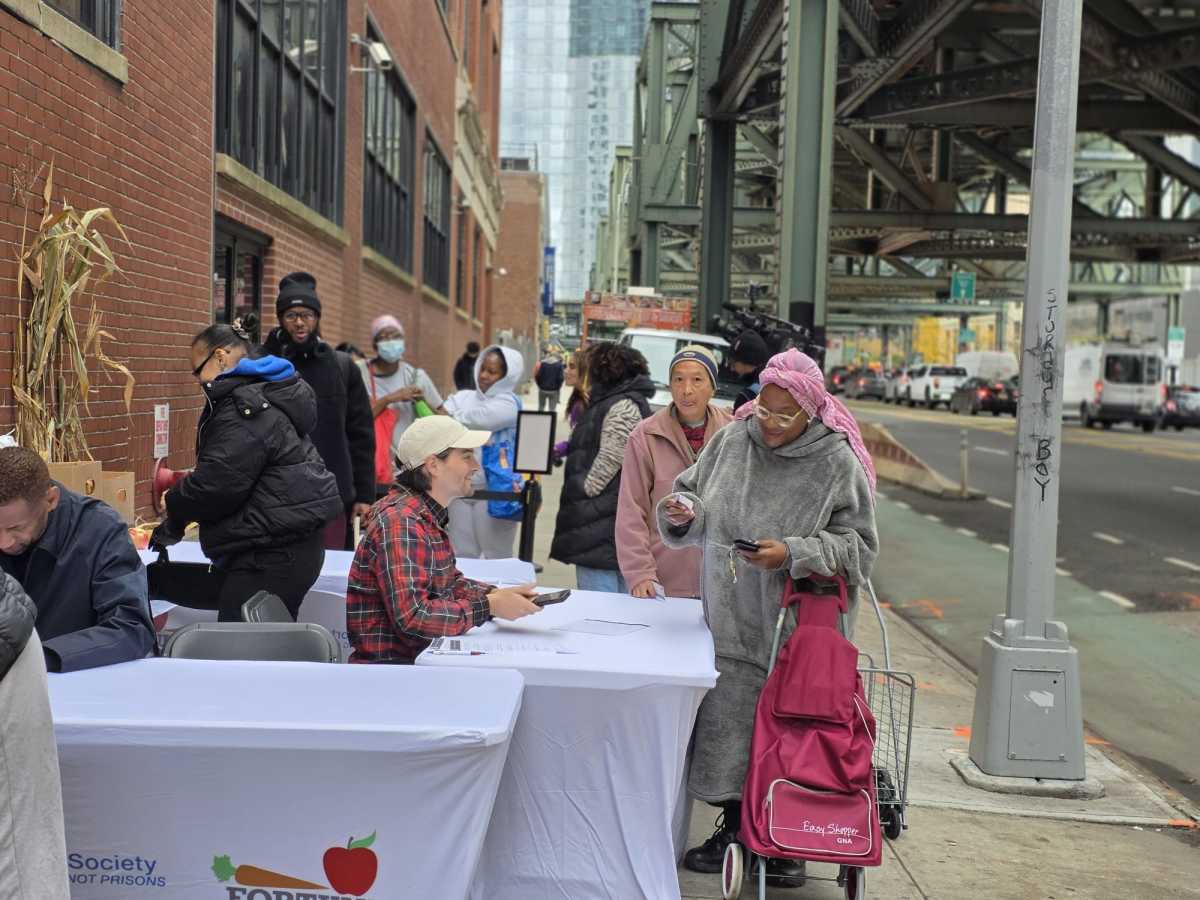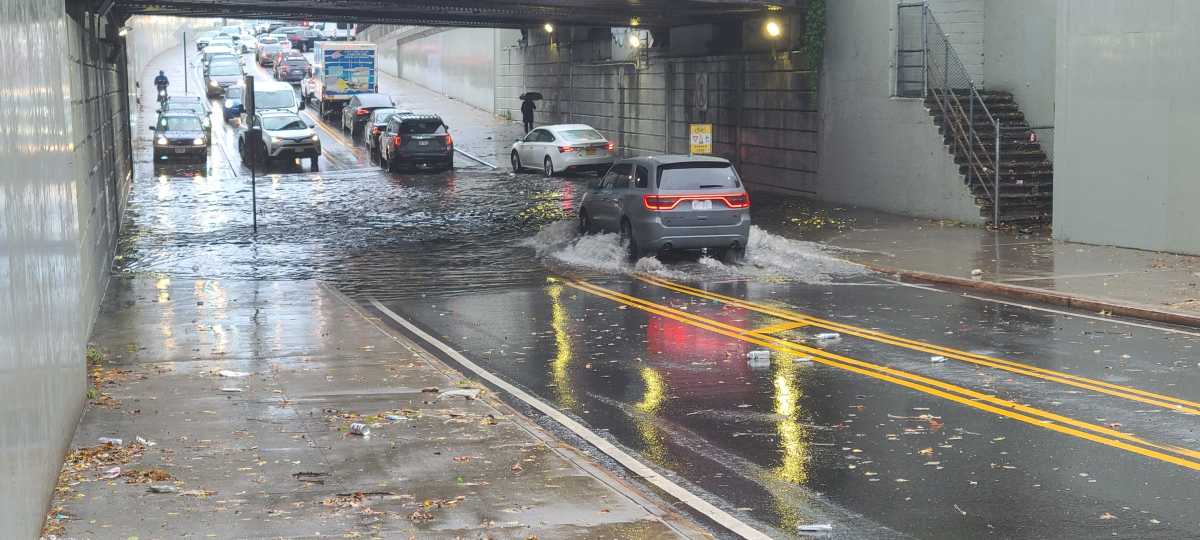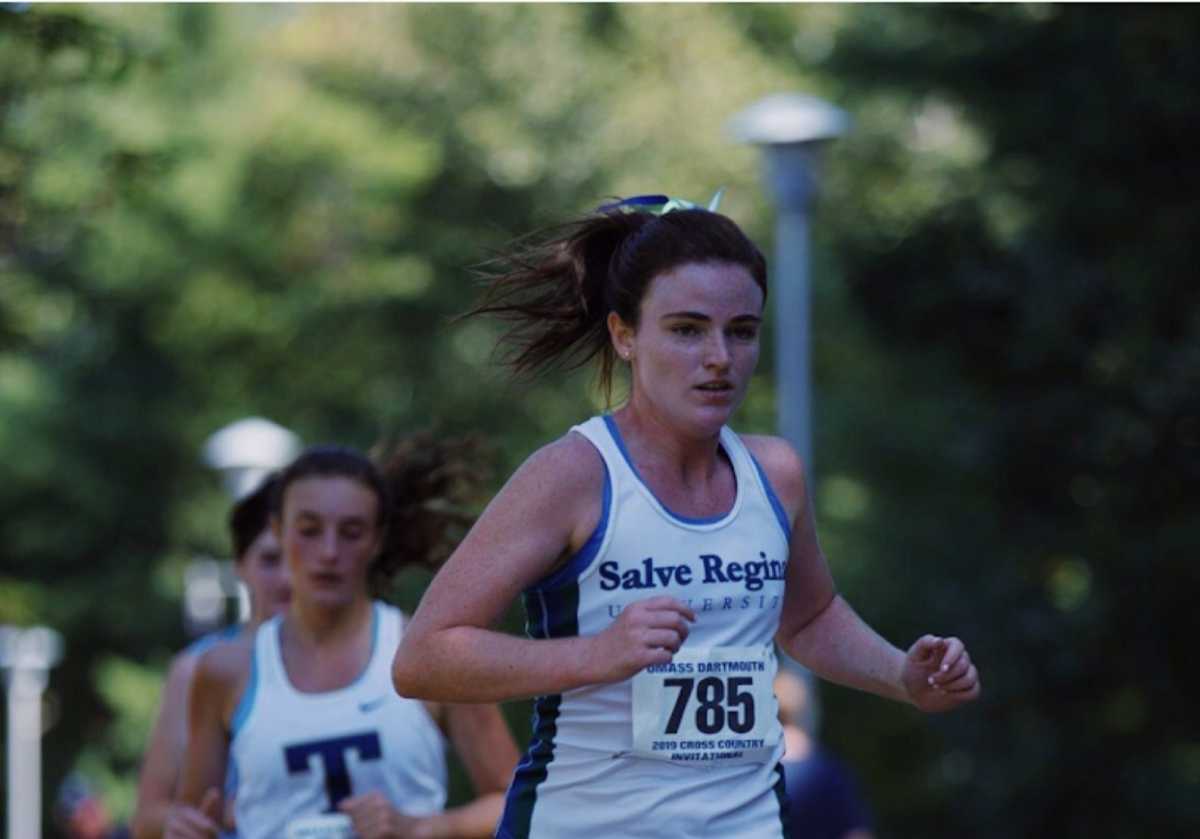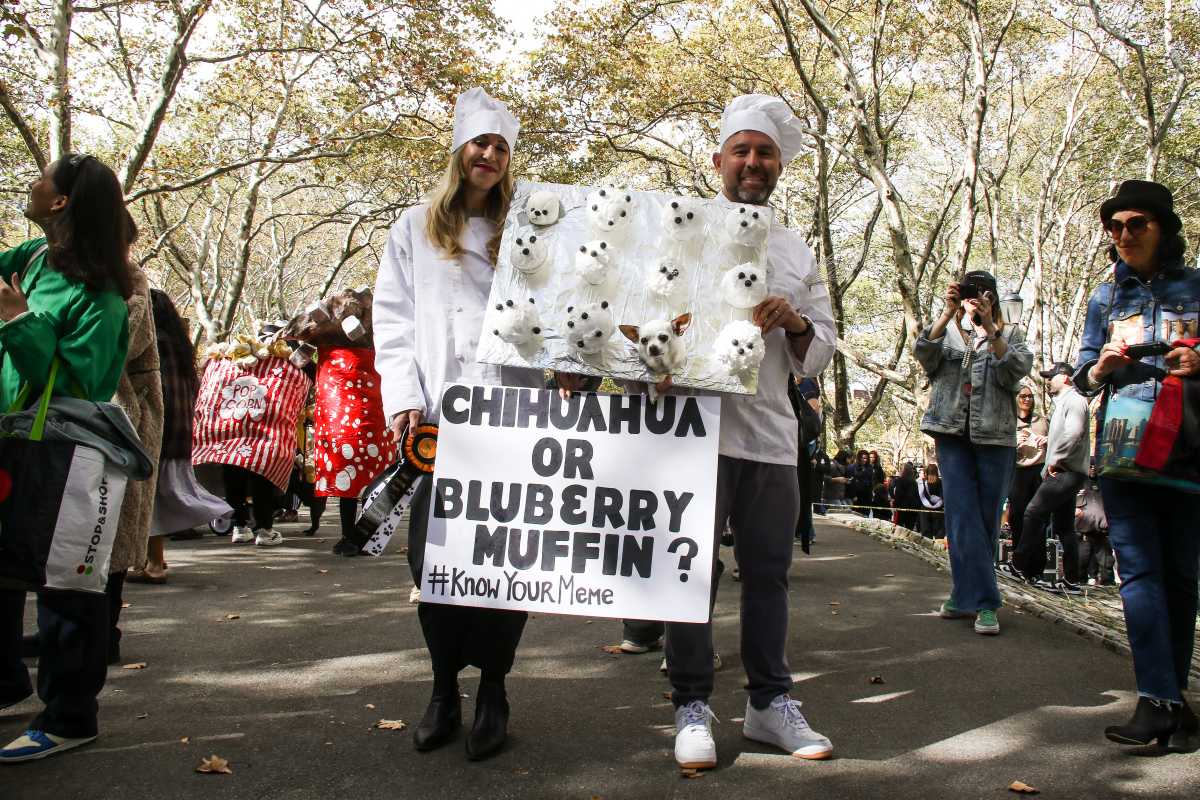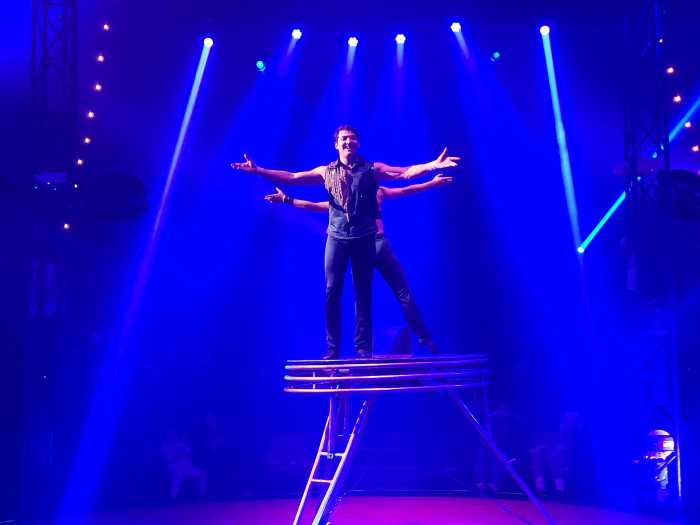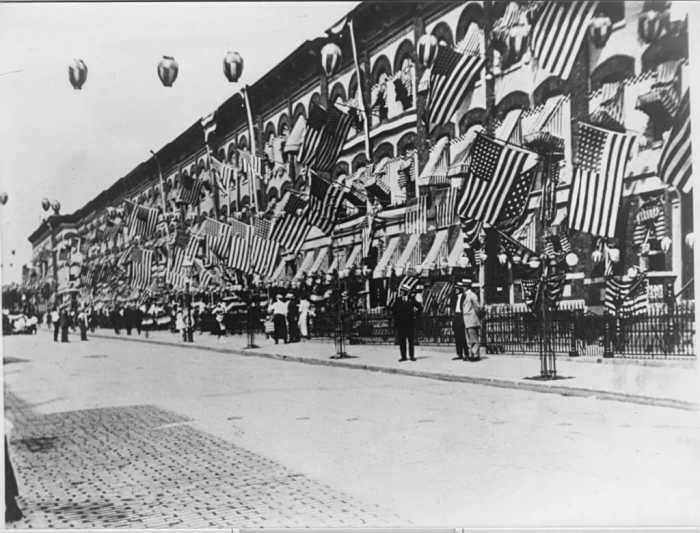BY Terese Loeb Kreuzer
The Battery Park City esplanade at Wagner Park was deserted at 6 a.m. on January 13, except for an occasional jogger. The river was inky black. Behind Governors Island and looming above it, Cunard’s flagship, Queen Mary 2, sat waiting for Cunard’s two other vessels, Queen Victoria and Queen Elizabeth. The announced arrival time had been 6:30 a.m., but there was no sign of them.
The morning star glittered above Pier A and a strong tide flowed toward the sea. By 6:45 a.m., the eastern sky glowed red as ferries, sparkling like crystal, plied the channel between Manhattan and Staten Island. After an hour, it was too cold to watch any longer — a good thing because the wait was futile. Quietly, Queen Victoria and Queen Elizabeth had arrived around 5 a.m. and were already in their berths at the Manhattan Cruise Terminal.
The planning, launch and introduction of a cruise ship represents a significant investment for a cruise line. Queen Elizabeth, built in Fincantieri’s Monfalcone shipyard at a cost of approximately $634 million and launched in October 2010 was making her maiden call on New York City; despite her quiet arrival, the fanfare had been tremendous.
That afternoon, after the ship’s passengers had been off-loaded and the vessel cleaned, travel agents and media were invited to board for a tour preceded by a press conference. Executives from Cruise Line International Association announced that the cruise industry was healthy and growing, with New York City getting a significant share of the revenue.
In New York City, cruise passengers and crew spent an estimated $144.6 million in 2010, up from $93.8 million spent in 2009, Seth Pinsky, president of the New York City Economic Development Corporation, said at the press conference. Most of the passengers who embarked on a cruise in New York City came from outside the tri-state area and spent millions of dollars in pre and post-cruise stays, said Pinsky.
To encourage and capitalize on this spending, George Fertitta, chief executive officer of NYC & Company, the city’s tourism arm, said that NYC & Company had launched a cruise site at www.nycgo.com/cruisenyc to provide cruise ship travelers with information on events and city itineraries.
The site’s suggested itinerary for people with one day to spend in New York City includes a visit to Lower Manhattan beginning with a stop at City Hall to admire “the beautiful architecture” and the nearby Brooklyn Bridge. Then NYC & Company suggests that visitors walk down to Federal Hall National Memorial at Broad and Nassau Streets, ending the afternoon with a visit to the South Street Seaport for its waterfront views, shopping, dining and Seaport Museum.
These statistics and enthusiasm for Lower Manhattan might be good news for downtown businesses. However, among the Cunard ships, though Queen Elizabeth was the star of the January 13 “Royal Rendezvous,” she will not return to New York City very often. Queen Mary 2, on the other hand, is a frequent visitor, transporting thousands of passengers every year between Southampton, England and New York City.
That night, the three Cunard ships assembled by the Statue of Liberty for fireworks before they headed south to Florida and the Caribbean. The bitterly cold night might have dampened pleasure in the proceedings for some, but not for anyone whose focus was on the revenue that cruise ship tourists could bestow on the city.
As for Cunard, though the cruise industry is growing, the company has no immediate plans to build another ship. “Queen Elizabeth represents a 40 percent increase in capacity,” said Richard Curtis, a Cunard marketing executive. He said that if the Cunard ships were mostly full most of the time, the company might go forward, but at the earliest, that would be several years down the road.
On Jan. 13, all three Cunard ships, “Queen Mary 2,” “Queen Victoria” and “Queen Elizabeth,” assembled for a fireworks celebration near the Statue of Liberty.












